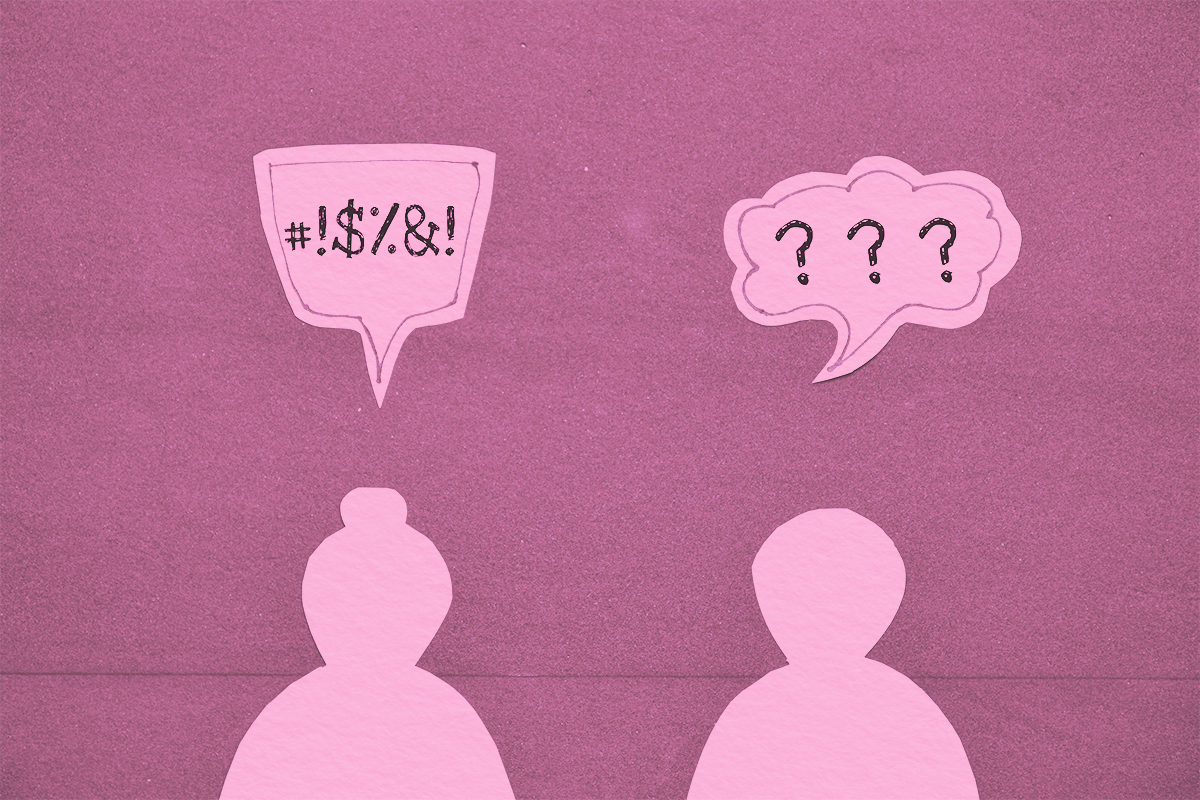
If I ended a phone call with you with the sign-off “roger that,” you may think to yourself, “Who’s Roger and why is he so important?” I could be talking about tennis legend Roger Federer; Roger Moore, former James Bond star; or Roger Rabbit, who was 100% innocent, by the way. But “roger that” isn’t referring to a person named Roger at all. It’s a reference to the NATO phonetic alphabet and old-school radio communications in the United States.
You may have heard “roger” is an acronym for “received order given, expect results,” but that’s a myth, and the actual meaning is far simpler. “Roger that” dates back to the early 1940s, when “Roger” was used in place of the letter “R” in the Joint Army/Navy Phonetic Alphabet. It was nicknamed the Able Baker alphabet after its first code words. In radio communications, using the code word “Roger” indicated a message had been received loud and clear. While “Roger” was replaced by “Romeo” in the NATO phonetic alphabet that was adopted in 1956, many two-way radio users still say “Roger” for the same reason that it’s always been used.
According to Dictionary.com, “Roger” became widely used after public broadcasts of NASA’s Apollo missions of the 1960s, when the term was used during radio communications between mission control and the astronauts. The public began using “Roger” as a verb, noun, and interjection, all of which meant that something was understood. So, when someone says “roger that,” you know that they’ve heard the message clearly and concisely.

















